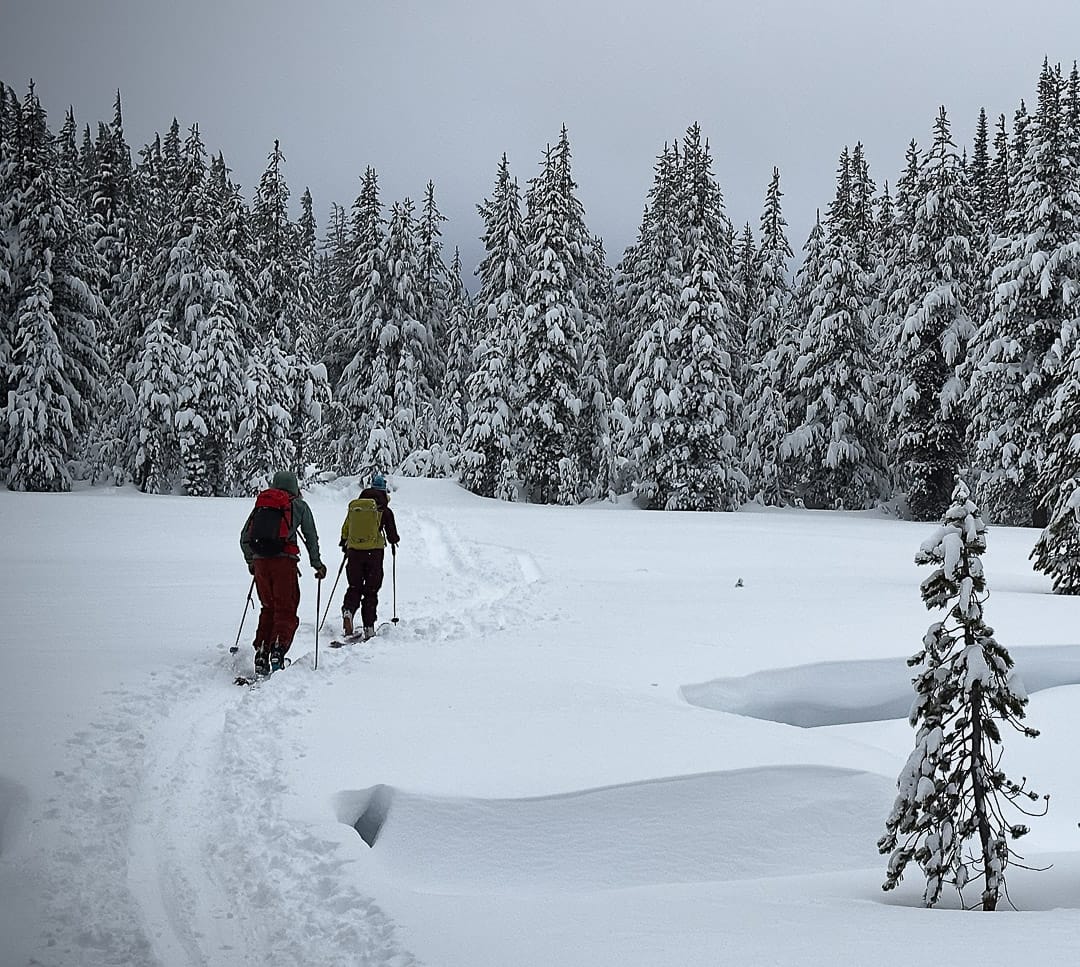Last week brought the sobering news of the first U.S. based skiing/riding related avalanche deaths. With massive amounts of new snow comes increased avalanche danger.
Heightened Awareness
The news is snow and cold temps. Since the solstice, we’ve been tracking SWE. What was once an arid winter in the West has pivoted since a series of troughs tracked through the West in the past week. With that new snow and the bump in SWE, we’ve seen increased avalanche danger across most regions. On Jan. 11, the Colorado Avalanche Information Center (CAIC) issued a special avalanche warning for the holiday weekend. Still, much of the state’s forecast zones remain at level 4, indicating high, “very dangerous avalanche conditions.”
A look at the National Avalanche Center indicates many forecast centers are calling for heightened awareness. As of Sunday morning, the Utah Avalanche Center (UAC) had elevated the danger ratings in all of its regularly forecasted zones outside of Moab to “extreme.” The call was to avoid all avalanche terrain as “deadly and dangerous avalanche conditions exist on all aspects and elevations.” For more information, and those in the SLC region and those curious outsiders, the Salt Lake Snowcast posted a special podcast, released Sunday, to report on the touchy snowpack and elevated danger rating.
(*By the time we published Monday morning, UAC had notched the danger rating down to “High.”)
Avalanche Incidents
The season’s first avalanche deaths preceded the weekend’s more foreboding avalanche forecasts. On Jan. 10, a lone person was buried and killed inbounds at Palisades Tahoe in the GS gulley area served by the KT 22 lift. The victim, 66-year-old Kenneth Kidd, died at the scene, while three other skiers were caught but survived. One of those survivors, Jason Parker, a 52-year-old Reno resident, was buried at least eight minutes until a probe strike located him, and he was unburied. You can read more about Parker’s experience here.
The following day, local news stations reported a second inbounds avalanche occurred at Alpine Meadows—a resort that shares a mountain with Palisades Tahoe but sits opposite that resort. The resorts are linked by a base-to-base gondola that allows skiers/riders to disembark on the summit of KT 22 ridge. No casualties were reported after the second slide, which occurred on Wolverine Bowl. A news report states, “Crews were out doing avalanche control before the resort’s opening. That includes shots from a 105mm howitzer and ski cutting.”






Leave a Reply
You must be logged in to post a comment.